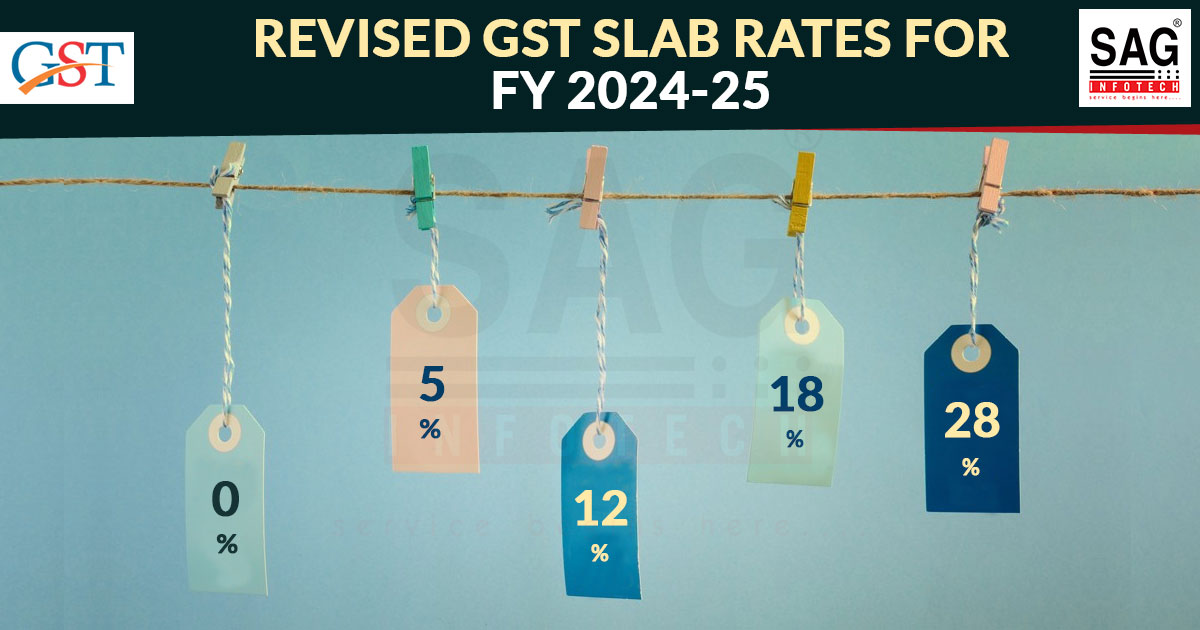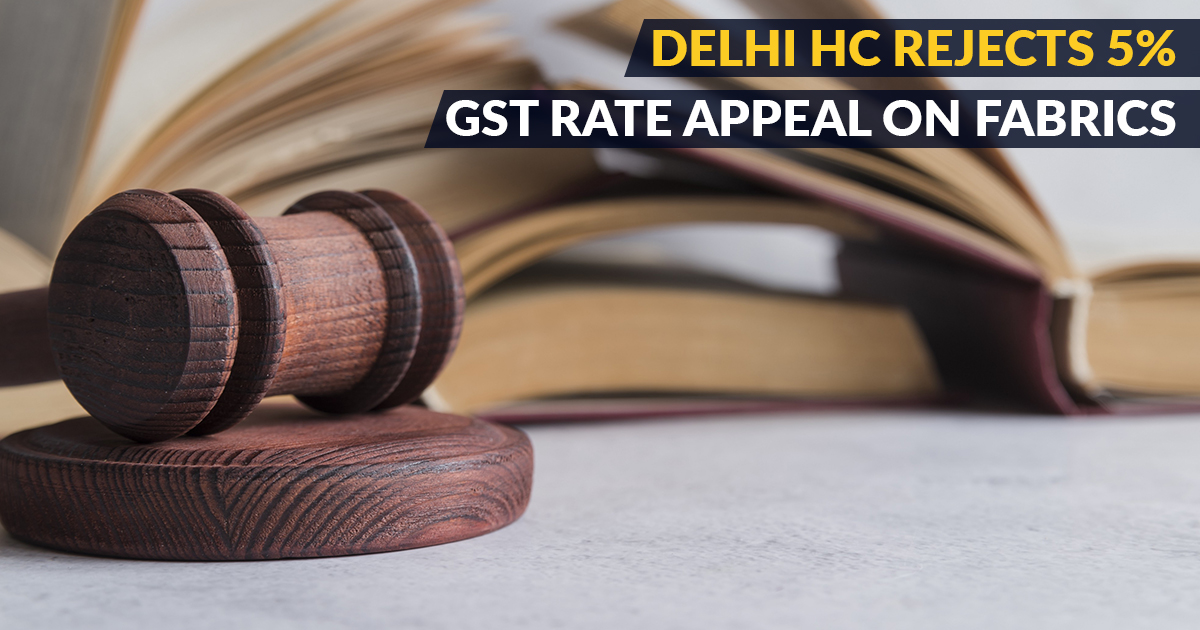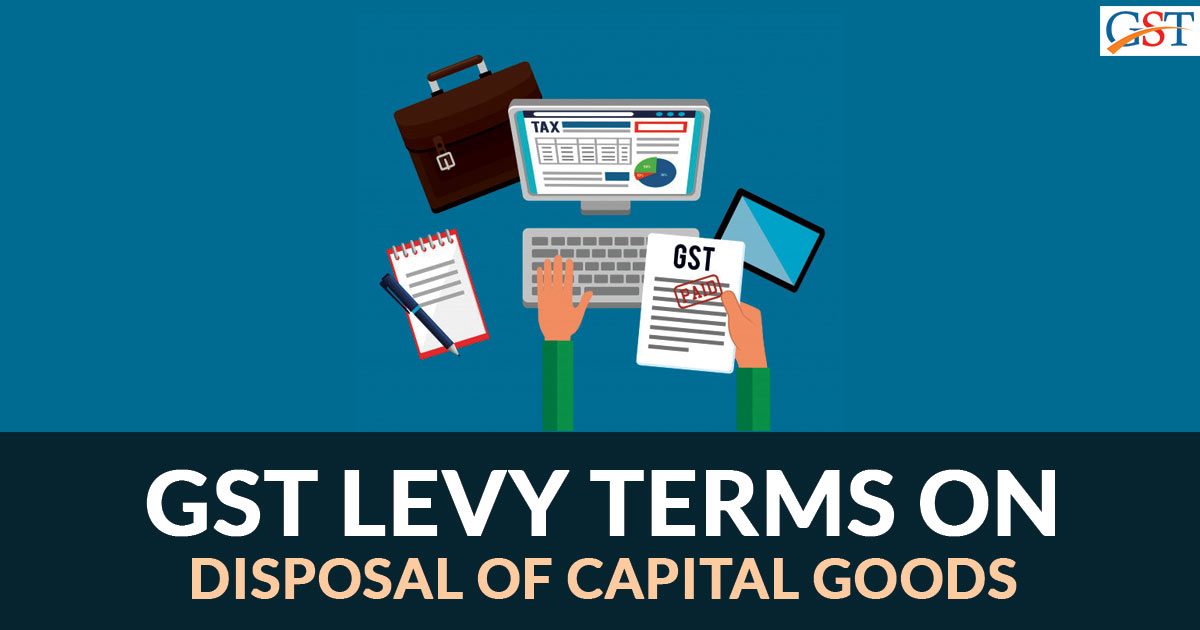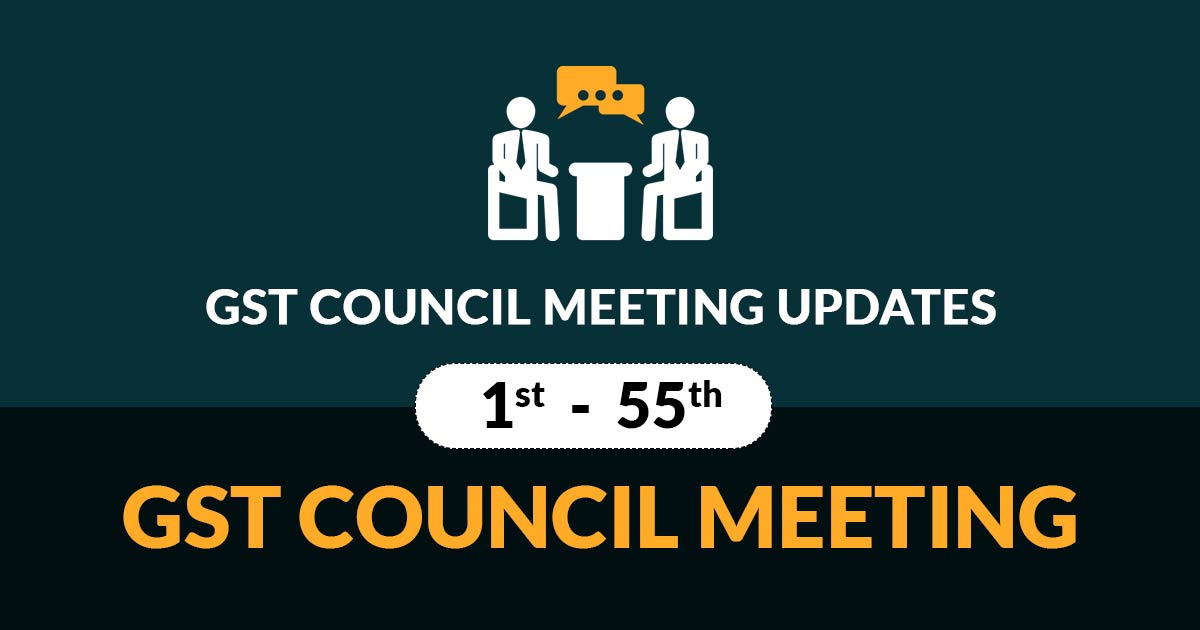Under Sections 50 to 63 of the Customs Tariff Delhi high court has discarded the appeal for compensation of 5% of GST on every type of fabrics 

Under section 226 of the constitution of India, the petitioner said that the manufacturer’s trader association along with the society members who make fabrics has requested the exceptional writ jurisdiction of this Court to give in written the type of mandamus 1950 addressing the Central Government and the Government of NCT of Delhi to declare the 5% GST rate on all types of fabrics which comes under section 50 to 63 of the Customs Tariff given by GST administrations.
Revolves Around 3 GST notification
Firstly, the central government notification No. 1/2017-Central Tax (Rate) dated June 28, 2017, under section 9(1) of the CGST Act, 2017 
The second notification implemented by the central government is the notification no. 1/2017- Integrated Tax (Rate) dated June 28, 2017, displaying the 12% rate on supplying the fabrics across.
The third notification presented by the central government is the notification no. 1/2017- state tax (Rate) dated June 30, 2017, representing the 6% rate on supplying the fabrics made in NCT of Delhi.
The previously mentioned notification under section 50 to 63 GST for fabrics at a 5% rate will be displayed, excluding for the distinct fabrics comes under article 58 and 59 for which GST is notified at the rate of 12%.
The petitioner is not convinced and insists that Goods and Services Tax officials have urged that there should be a 5% rate on all fabrics. For this, he mentioned the reply given by the union minister of finance while she was responding to the question raised in Rajya sabha.
The justice Sanjeev Narula has rejected the petition and states that the GST has brought by the 101st Amendment to the Constitution which develops the GST administration as the highest forum to solve problems standing amid the implementation of GST. On the order of the council both the state as well as centre decides the rate for taxes.
The combination of the GST council meeting 
“The only aspect that required introspection now stands concluded in view of the emphatic response of the GST Council in its 38th Meeting, wherein they have reiterated that the recommendation for the rate of tax was indeed 12%. The impression of contradiction that appeared in the comparison between the counter affidavit of GST Council and the minutes of the meeting has been resolved and conclusively settled,”









